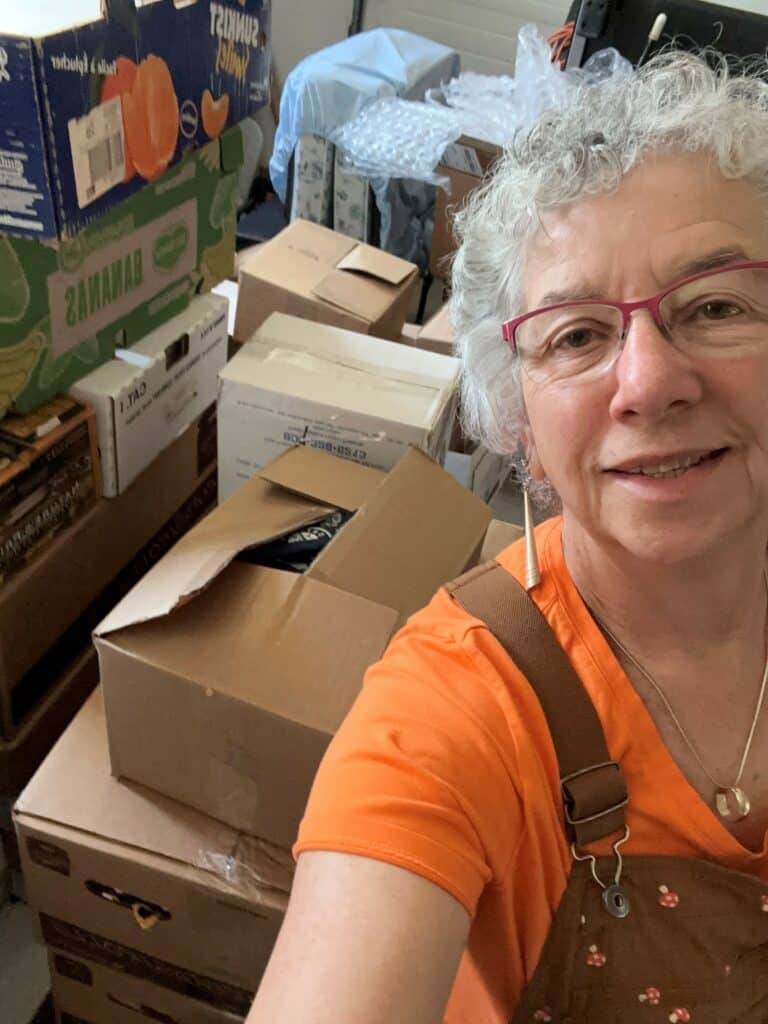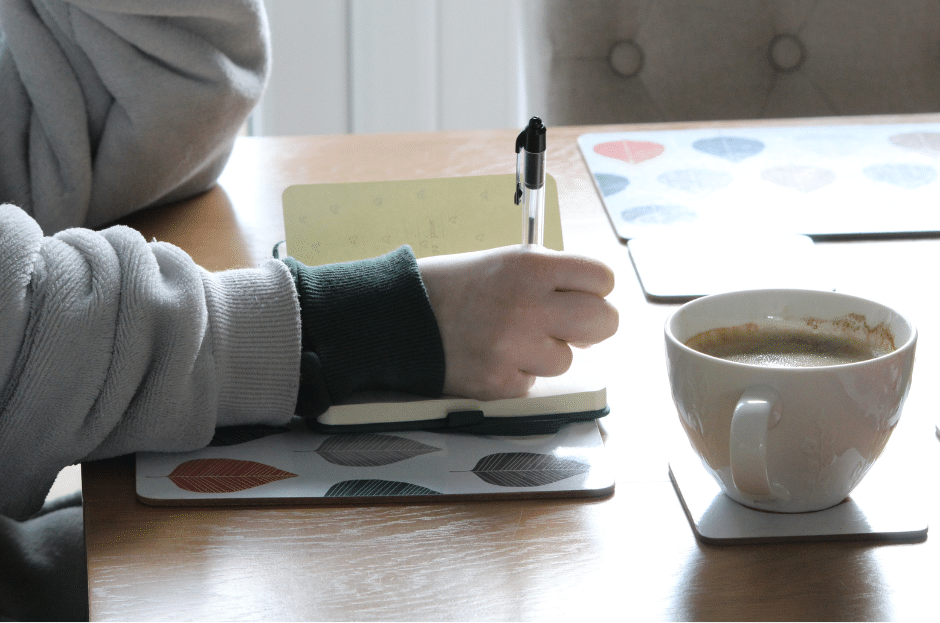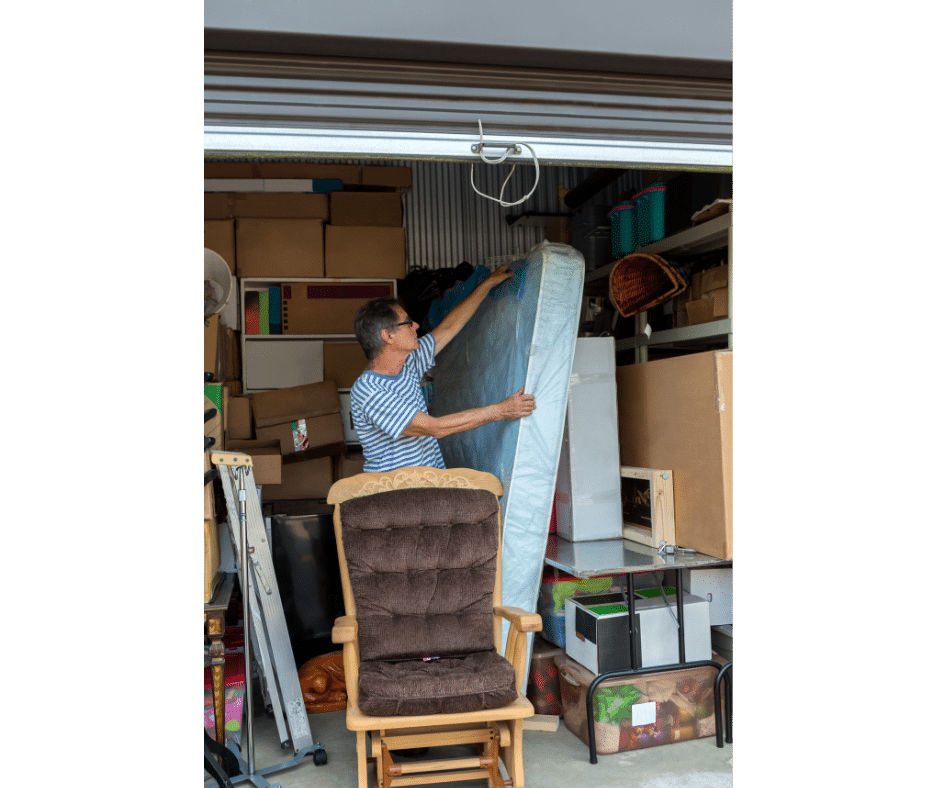Having a home inventory of your personal property can be an invaluable help when it comes to filing an insurance claim. Documenting your belongings can seem like a daunting task, but it’s worth the time and effort.
In fact, Meghan’s mom, Melinda, recently purchased a home in Lynnwood – right between her two daughters and their families. When she moves this spring, one of the first things I’ve recommended is to complete a home inventory as she starts unpacking.

Ready to start your home inventory? Read on for tips to make the process as easy as possible.
What’s a home inventory?
A home inventory is simply a record of all your possessions. It can be typed up, captured in photos and video, or – most likely – a combination of the two. You might even use an app to create a record of all the possessions in your home.
Why we recommend a home inventory
We hope that you are never involved in a significant home claim. But in the event of a fire or other natural disaster, or if you experience a burglary, an up-to-date home inventory can be invaluable in helping you file a claim.
Take a moment to think about everything in your home, everything from your flat-screen TV to your new espresso machine to your teenager’s pricey baseball equipment. Now, as a recent Forbes article suggests, “Imagine a worst-case scenario, like a house fire, that destroys all of those items. Would you be able to name every single item lost?”

After a stressful event, it can be very difficult to remember all of your possessions, let alone prove their condition or quality. A home inventory can help speed up the claims process and give you peace of mind.
You may also discover that you need to make changes to your insurance policy to reflect the value of your possessions more accurately.
How to get started
If you’ve recently moved, like Melinda, you can complete your home inventory as you set up your new household. If you’ve been in your house for a while, I recommend tackling an area at a time. You could even start with one kitchen cabinet or one closet.

If you are short on time, just take a video of each room, cupboard, closet and drawer, narrating as you go. Keep the videos on the cloud or on a thumb drive stored with a friend or family member. Make it easy on yourself so you’ll actually do it. Many clients start the process but never finish; having a completed home inventory is the goal!
Take photos and video
For a full home inventory, we recommend starting with a quick photo and video inventory of each room. You can then move on to document high-value items, or valuable collections of smaller items, and then fill in from there as time permits.
Everett Police Department’s Block Watch – Operation ID has suggestions for how to capture everything with photographs:
- Start with overview photos (wall by wall, ceiling to floor).
- Move on to close-ups of specific property.
- Include photos of brand names, models and serial numbers when available.
- Group collectibles and other unique items together with a tape measure to show scale.
- Don’t overlook any areas of your home, such as the garage, attic and closets. Be sure to document the contents of shelves and cabinets.
- Include anything kept off-site in a storage unit. Those items are covered by your homeowners policy up to a certain limit, depending on the policy.

Record basic information
Once you have your photos taken, create a document that captures basic information for each item: When and where you bought it, make and model, price and any other relevant details.
Record serial numbers for appliances and electronics. You can scan receipts and appraisals (or put them together in home inventory folder) and keep them with your list.

For clothing, the Insurance Information Institute recommends counting by “general category”: “For example, ‘5 pairs of jeans, 3 pairs of sneakers…’” Make note of any items that are especially valuable.”
Use technology
If you’re looking for an all-in-one option to document your possessions, there are many apps now available. NerdWallet recently reviewed more than a dozen apps and offers observations to help you find an option that will work best for your needs.
Store it safely and keep it updated
Whether you have an electronic inventory or paper files, we recommend keeping a copy “off-site” so you’ll be able to access it in the event of a major loss. If you’re a McClain Insurance client, feel free to email us a digital copy and we’ll attach it to your client file.
As you purchase new items, be sure to add them to your inventory, including any receipts or reference information.
Check your insurance coverage for big ticket items.
As you complete your inventory, keep track of any high-value items such as jewelry, art and collectibles. Homeowners policies have limits for some of these categories. If you aren’t sure that your items are adequately covered, check with us. We’ll make sure you have the right coverage in place.

No matter how you go about it, just getting started on your home inventory is the most important part. If you have any questions about your coverage after you complete your inventory, contact us. We’re here to help!
